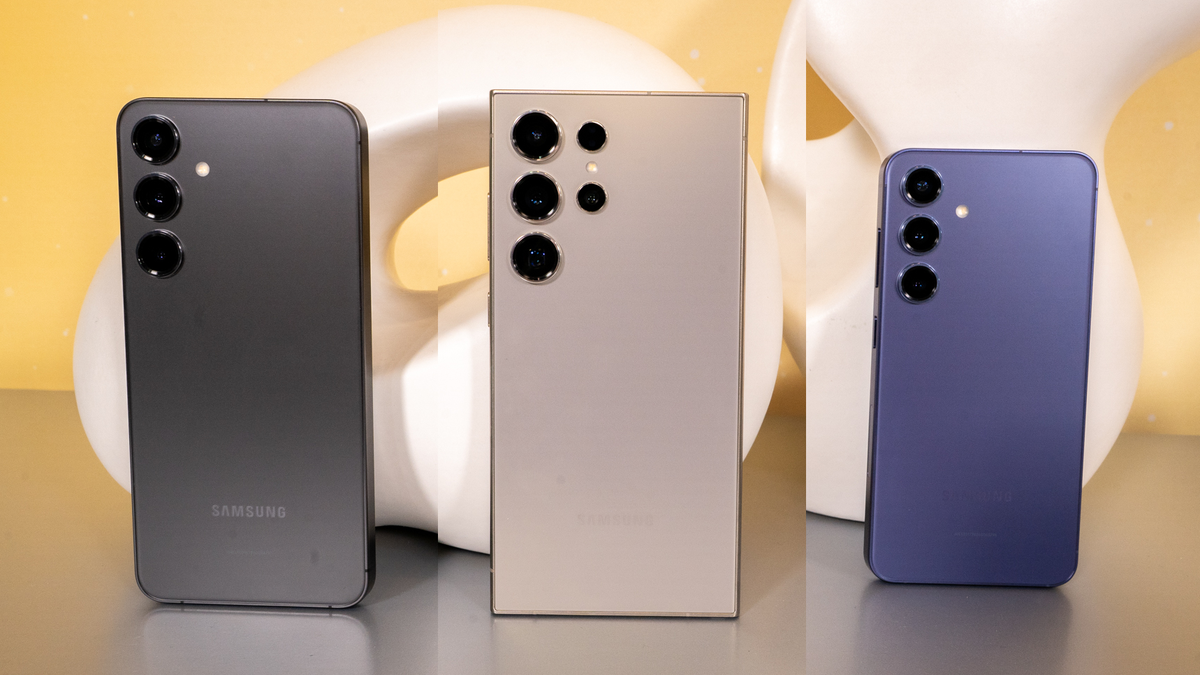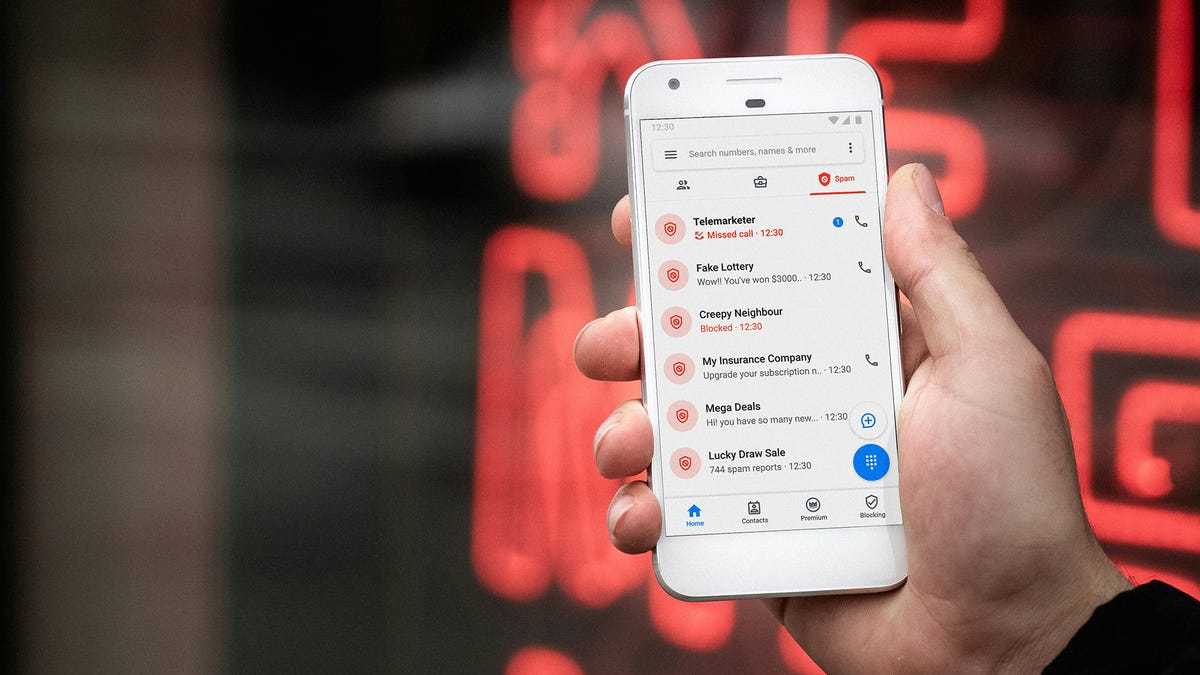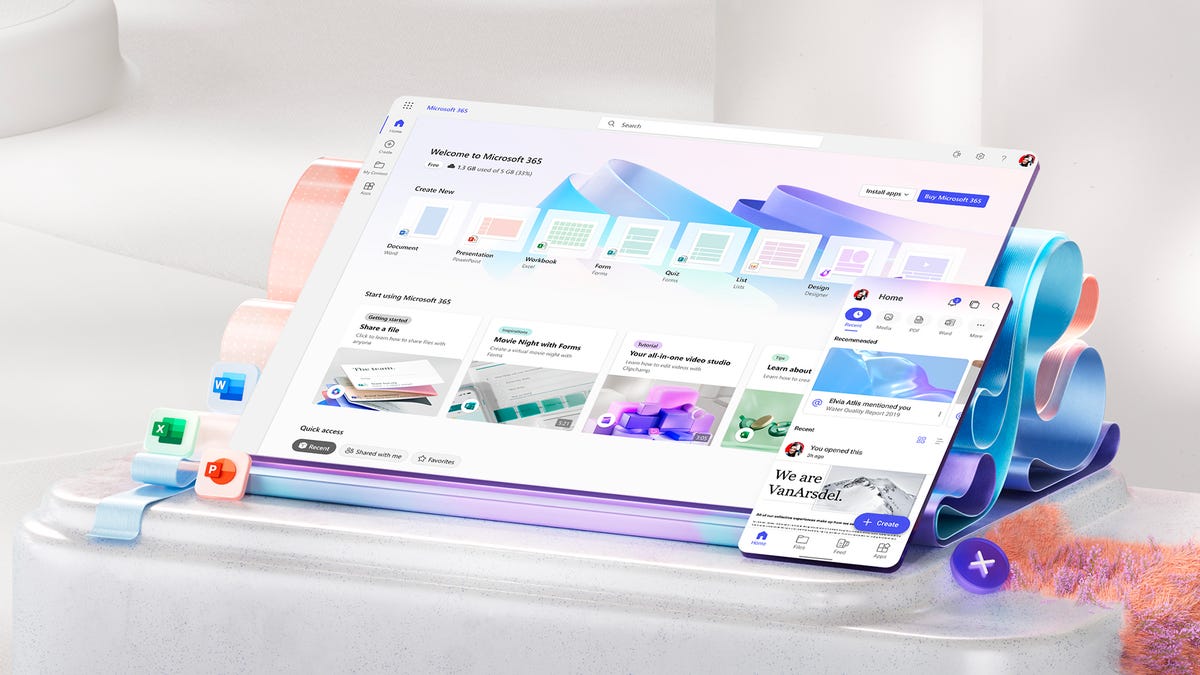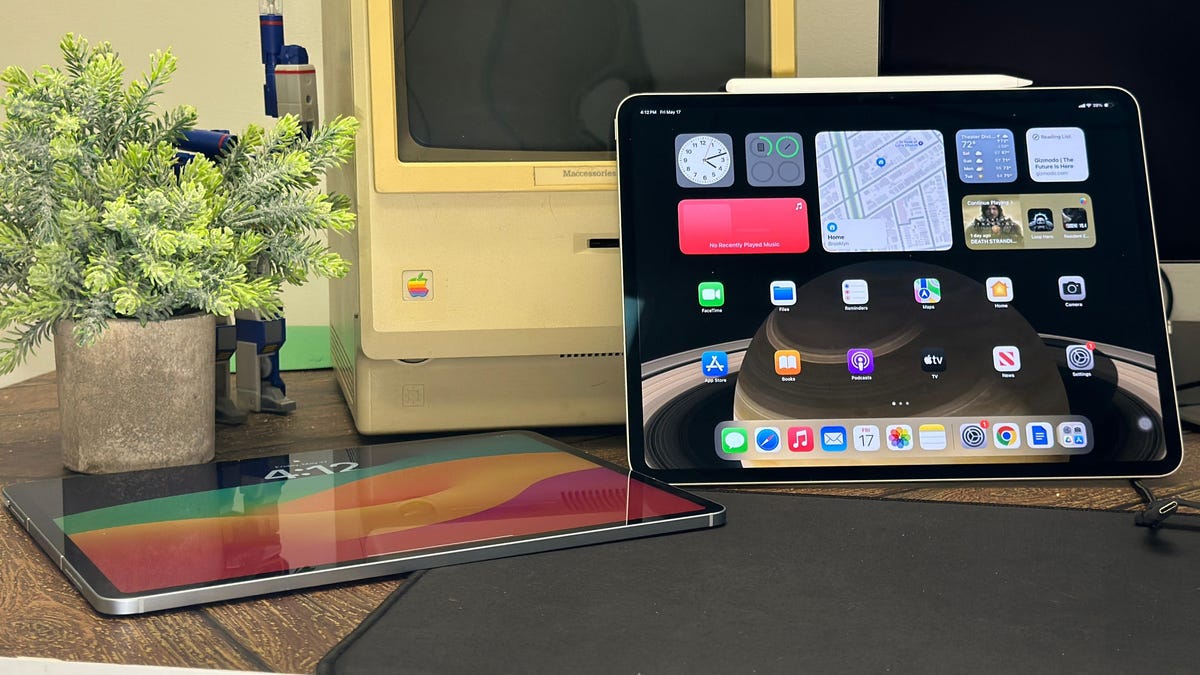Samsung has a family of new devices on sale this week. The Galaxy S24 series includes the smaller Galaxy S24, the larger Galaxy S24+, and the ginormous Galaxy S24 Ultra. Most people don’t need the Ultra to get the benefits of wielding a Samsung-made Android device. The Ultra also has the highest starting price at $1,300 for 256GB of storage space, whereas the regular Galaxy S24 starts at $800. It’s a much smaller phone than the Ultra, but that may be enough for some folks.
Buying a phone is one of those things that you should take your time with. You can’t simply glance at a board, point at the model you want, and then move on with a new device without researching what you’re getting into—especially if it’s the phone you plan to use daily for everything.
Galaxy S24: Size
How big do you want it?
Like your favorite mid-afternoon fountain drink, the Samsung Galaxy S24 comes in small, medium, and large sizes. The Galaxy S24 is the smallest of the three. It’s about the exact dimensions as last year’s Galaxy S23, but you’ll have to wait for the full review before we can determine if it’s the best small Android phone you can get.
The Galaxy S24+ is a much bigger device by nearly an inch. It’s taller and a tenth more dense than last year’s Galaxy S23+, but I prefer that it doesn’t feel hollowed out inside. The “small” and “medium” smartphones come in various colorways, including amber yellow, marble gray, onyx black, and my favorite, cobalt violet.
There is a change when you jump between those last two sizes. The regular Galaxy S24s have rounded edges versus the Galaxy S24 Ultra’s sharp corners. At least Samsung got rid of the curved waterfall edges entirely. There’s also the difference of titanium finishing on the Ultra that the other two sizes don’t have, as well as the embedded S Pen in the Ultra.
You don’t get that matte screen with the regular Galaxy S24/S24+, either. The Galaxy S24 Ultra appears more premium due to the fixture from the Corning Armor glass. The Galaxy S24/S24+ doesn’t offer the same effect, though it is reinforced with Corning’s Gorilla Glass Victus 2.
All three Galaxy S24 models have a water and dust resistance rating of IP68, which is the best it gets so far. It can fully withstand a dunk in a pool or sand pit.
Remember, the main differentiator between all these models is their screen size. The Galaxy S24 offers a 6.2-inch screen with Full HD+ resolution, while the Galaxy S24+ hails a larger 6.7-inch display with a Quad HD+ resolution. Both are Samsung’s Dynamic AMOLED with a 120Hz refresh rate, so the interface should feel smooth to the touch even with the Galaxy S24’s smaller screen. The Galaxy S24 Ultra is the big kahuna with a 6.8-inch QuadHD+ display. However, you may require more “hand” to cradle the device than other phones with the same-size display since the chassis is extended to make room for its stowable S Pen.
The Galaxy S24 has the smallest battery offering with a 4,000 mAh pack, while the Galaxy s24 Ultra’s is the opposite of the spectrum with a 5,000 mAh offering. The Galaxy s24+ is almost to capacity with the Ultra with a 4,900 mAh battery pack.
Galaxy S24: Specifications
They’re almost all the same inside.
Qualcomm’s Snapdragon 8 Gen 3 pulses through all versions of the Galaxy S24, though there are RAM variances between the three. The tiny Galaxy S24 is limited to 8GB of RAM, unlike the comparatively bite-sized Pixel 8, which also ships with 8GB of memory, though it’s running on a Google Tensor processor. The Galaxy S24 maxes out at 256GB of storage.
The Galaxy S24+ and Galaxy S24 Ultra are beefier. Both offer 12GB of RAM out of the gate and start with 256GB of storage. Only the Galaxy S24 Ultra goes up to 1TB of storage space.
At the very least, all three phones support UFS 4.0 and LPDDR5x RAM—if this sounds like jargon, it means slightly faster read and write speeds than what you’d get with older Samsung phones. Every little bit helps. The phones also support sub-6Hz and Verizon’s mmWave cellular networks. Only the Ultra offers Wi-Fi 7, while the other two models are on Wi-Fi 6E—most people are still migrating to the recent wireless standards, anyway.
If you choose the smaller Galaxy S24 over the other two, there is no Ultra Wideband (UWB) support. The bigger bummer is that you won’t be able to take advantage of things like a wider range of tracking for smart tags and keyless entry into your car.
Galaxy S24: Cameras
Zoom that goes the distance
The Galaxy S24 and S24+ have similar camera specifications to last year’s brood. The rear-facing camera system features three lenses: a 50-MP primary camera, a 12-MP ultrawide, and a 10-MP telephoto with 3x optical zoom. There’s also a 12-MP selfie camera.
If you’re hoping to zoom far and away, the Galaxy S24 Ultra is the one to get. Its four-tier camera system includes a 200-MP primary camera, a 50-MP telephoto lens with up to 5x optical zoom, a 12-MP ultrawide camera, and a 10-MP telephoto lens. There’s also a 12-MP selfie camera. S24 Ultra can still shoot up to 100x digital zoom like the last two generations.
Which one is right for you?
Regardless of the Galaxy s24 devices you choose, all three variants will offer access to Samsung’s Galaxy AI. That’s essentially its suite of artificial intelligence-based features it wants to highlight, which includes the help of Google-enabled capabilities like Circle to Search. Samsung also offers up to seven years of software updates as part of a parallel promise to Google’s offerings on its Pixel lineup. The brands hope to keep you on Android for as long as possible.








